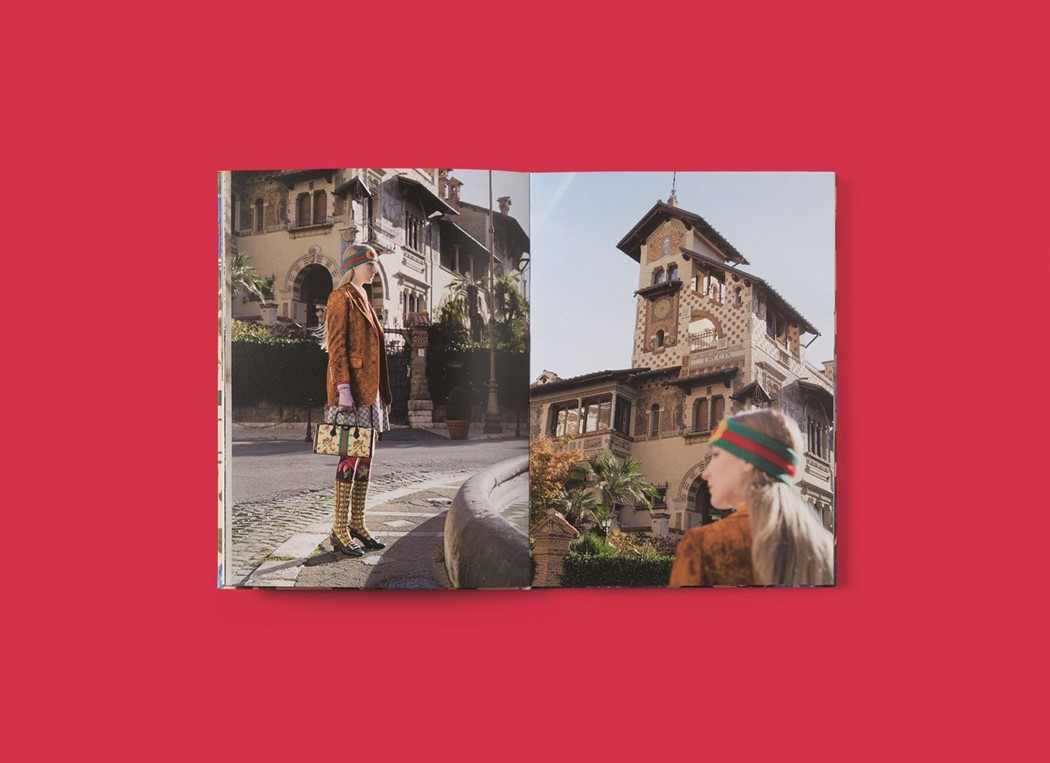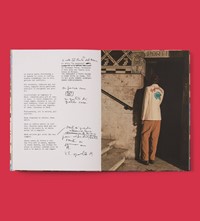Exclusive: The Inside Story of Peter Schlesinger’s Gucci Book
- TextLiam Hess
The famed photographer discusses his Dario Argento-inspired art book, Disturbia, shooting the Swinging 60s and discovering his young fanbase
To step into Peter Schlesinger’s iconic photographs from the 1960s and 70s is to enter another world – a decadent, responsibility-free utopia populated with some of the 20th century’s most significant creative figures. There are long, wine-soaked lunches in the Provence sun with Ossie Clark and Celia Birtwell, lazy afternoons on a California terrace with Christopher Isherwood, and even Cecil Beaton kicking back in a three-piece suit in the lush green paradise of his conservatory at Reddish House.
No brand in the current fashion landscape feels as closely aligned with this intellectual milieu than Gucci: Alessandro Michele’s carefree, nostalgic vision of how to dress seems a perfect match for Schlesinger’s rose-tinted window into a lost bohemia. The product of this creative synergy is a limited edition hardbound art book, Disturbia, which pairs Schlesinger’s Gucci-clad youths wandering through eerie Roman villas with extracts from scripts by Italian horror’s most stylish maestro, Dario Argento.
Given the sartorial pedigree of Schlesinger’s social circle over the decades, I’m surprised to learn it’s his first venture into fashion photography. “It was an amazing thing to be asked to do,” he tells me. “When my first book came out, everyone said I was going to get loads of fashion commissions, but it never happened. When Gucci approached me, it was scary. Luckily my agent gave me the confidence boost to say yes.”
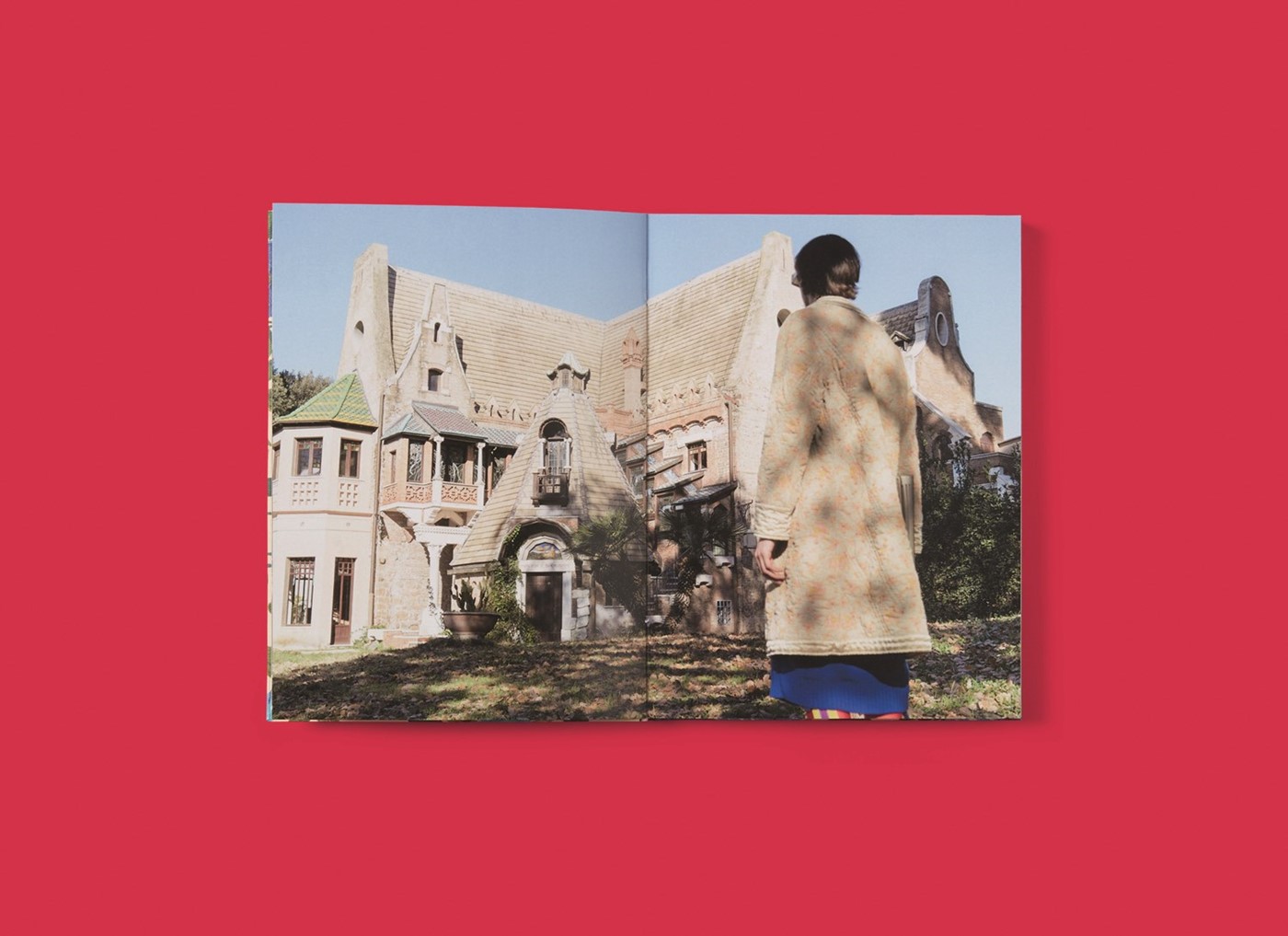
This is a typically modest response from Schlesinger, who despite his charmed life and career, has always preferred to work behind the scenes, and is keen to play down his impact on generations of photographers, from the candid portraits of YBAs on holiday taken by Johnnie Shand Kydd to the scenes of upper crust living documented by Tina Barney. It’s this lack of showiness that contributes to the unguarded intimacy of his now iconic portraits, and the intense voyeurism we feel looking into the private lives of the glitterati.
Schlesinger’s career began serendipitously in 1966 when, at 18 years old, he met David Hockney during a summer art course in Los Angeles. They quickly fell in love, and Schlesinger found himself spirited away to London, then the booming centre of the swinging 1960s. Through Hockney he was introduced to a cosmopolitan, jet-setting social circle that he took to documenting with his Pentax camera. “I wasn’t really thinking about the future, I was just furiously taking pictures and not exhibiting them at all back then,” he says.

He did, however, have a sense that these images could one day be of importance. “I took it seriously,” he adds. “I archived them, put them in labelled albums. The negatives are all organised in files, and the archive is still here in my studio.” Despite publishing a retrospective photo book in 2015, A Photographic Memory, these days Schlesinger exhibits regularly as an artist and ceramicist, only taking photos on his own, small-scale terms.
How does he translate that close affinity with his subjects to an operation the size of a major label fashion shoot? “That was the scary part. The photographs I usually take are not commissioned, they were under completely different circumstances. For Gucci, there were around 65 crew on that shoot in total – it was unbelievable, like making a movie. There were people looking at what I was doing as I was doing it, discussing it as if I wasn’t there, which was intimidating in itself. I had to just screen out everything around me.”
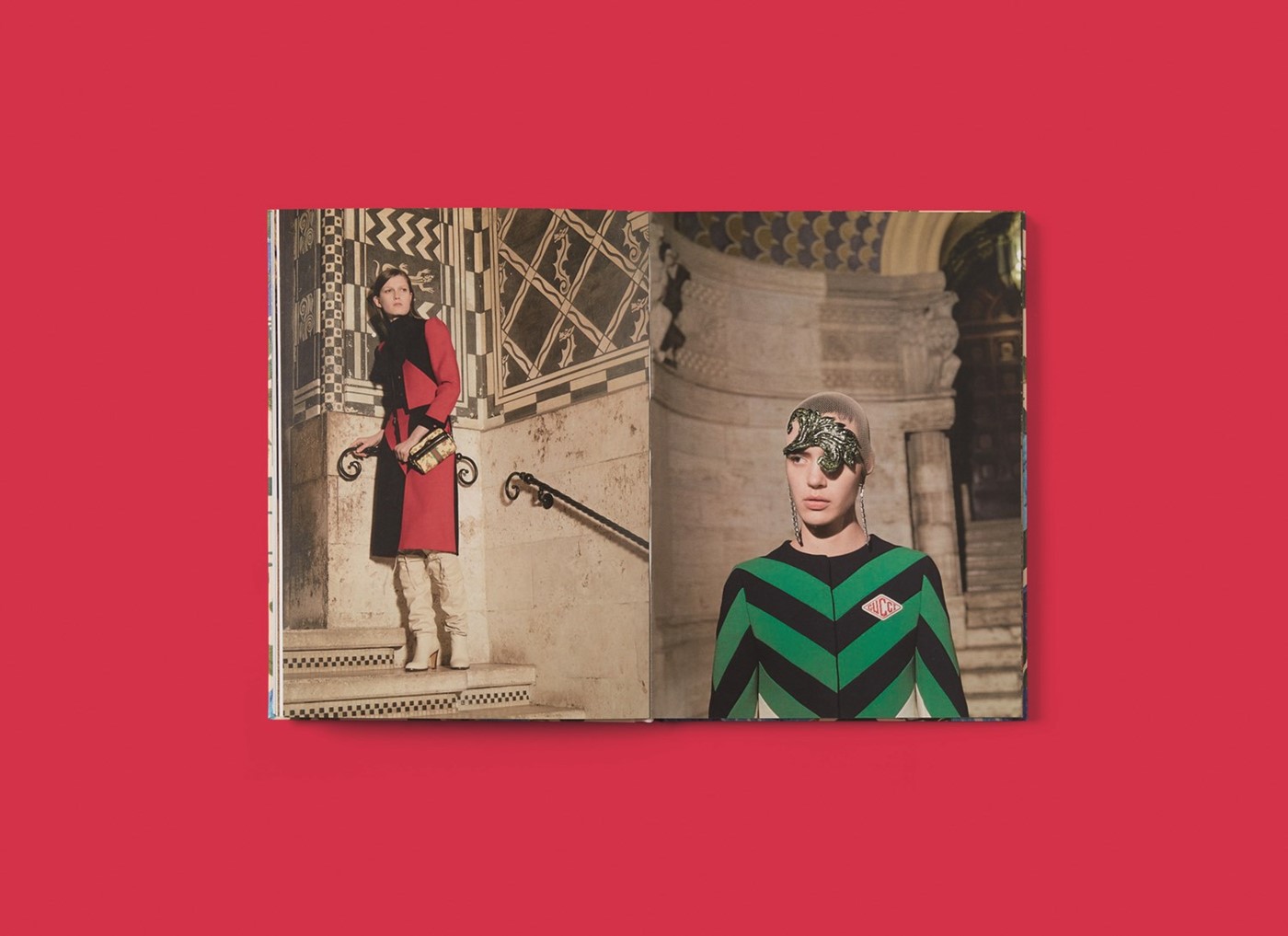
Even without the Argento scripts, the images feel palpably cinematic. Schlesinger confesses that he’s always had an avid interest in cinema, taking classes in film history while at college and going to see three movies a day as a boy. Is he a fan of Argento’s work? “I have to say, I don’t really like horror movies! They scare me too much, I can’t watch them. But Argento’s films are extraordinary, the visuals are stunning – I just have to leave the room for the scary parts.”
On whether he sees this as a potential move back into photography proper, he is uncertain. “It’s great to be able to go back and forth between different things, because you don’t get bored, but ceramics is the main focus of what I do.” He pauses for thought. “Then again, I’m not as social today as I used to be, and photography is good for that. It gets you out more.”
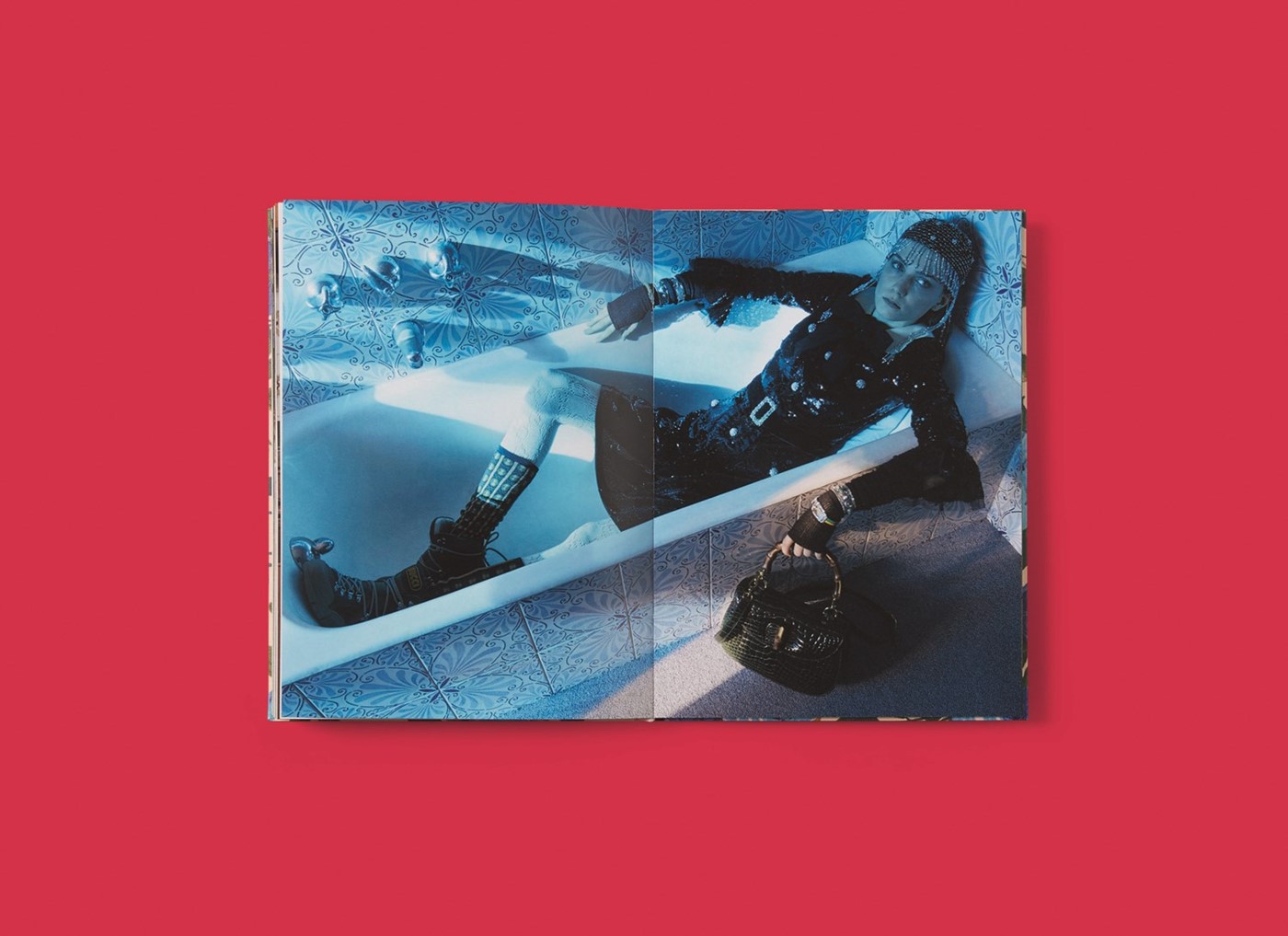
For an artist so closely associated with an outgoing social class, his lifestyle these days is fiercely independent. “My agent doesn’t really go out looking for photographic work, he mainly helps me with licensing. I don’t have an assistant, I don’t have a gallery for my art. I like to do things myself.” Schlesinger lives in an apartment in midtown Manhattan with his partner of 37 years, photographer Eric Boman and his fox terrier, living a markedly quieter life than his hedonistic past would have you believe.
Luckily, for someone so averse to self-promotion, a new generation is rediscovering Schlesinger’s archive over the internet. “They had the launch in New York in Dover Street Market, and there were all these young people there! I couldn’t believe it. Many of them had come across my work on social media, which I don’t do, so I had no idea. It was so sweet.” Sweet, yes, but also testament to the enduring power of Schlesinger’s photographs – not just documents of indulgence, but blissful, escapist visions of a lost world.
Disturbia by Peter Schlesinger, published by IDEA, launches at Dover Street Market London on Thursday, May 17
